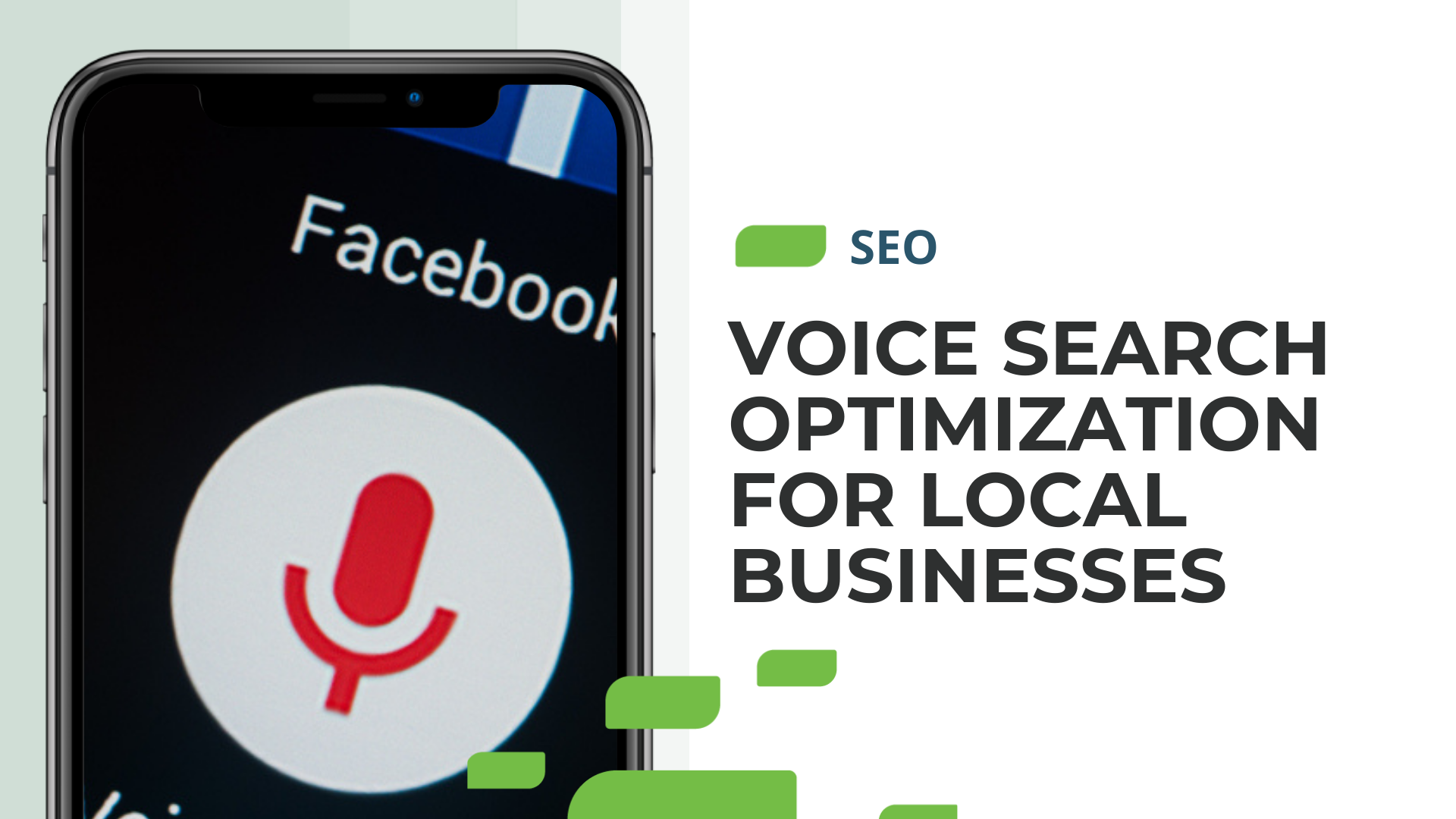How to Add Social Media Links to Your Google Business Profiles
Voice Search Optimization for Local Businesses

Voice Search Optimization for Local Businesses
Many business owners are surprised to learn that 58% of consumers use voice to find local business information. With more than 100 million smart speakers now in U.S. homes, we've reached the tipping point, and voice is often the first choice for mobile search. Regardless of whether voice ever eclipses desktop and mobile in share of search audience, it’s clear that local businesses need to take voice into account as they plan their search strategy. With voice search, there’s only one chance to take first place. Whereas a person searching for a business on a desktop computer sees a list of 10 organic listings, the same search on voice will usually result in just one answer or a much shorter list of options. When someone asks Siri for a nearby pizza restaurant, you want to make sure your business is the first one that’s named. So, how do you ensure your business ranks highly when people search on Apple’s Siri or Amazon’s Alexa? The answer is voice search optimization. Listings management now extends to voice interfaces. Because each voice assistant relies on its own set of data sources for answers to local search queries, it’s a smart idea to take an active role in managing your data. Voice search optimization for local businesses hinges on four main data sources. These are:- Google Business Profile: Businesses should have completed listings with detailed information designed to capture long-tail search traffic.
- Apple Maps: Listings on Apple Maps should be claimed and up to date.
- Yelp: Yelp listings are a main source of local content for a number of platforms, including the local content on Amazon devices.
- Bing: Businesses should make sure their Bing listings are up-to-date for Cortana.







